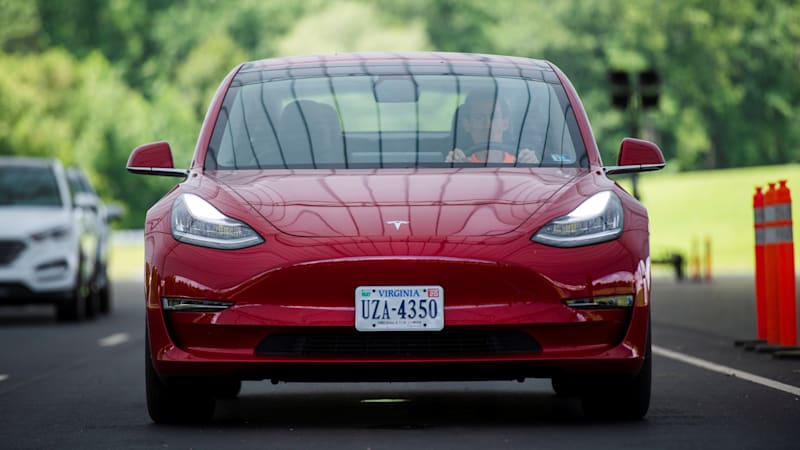BERKELEY, Calif. – Starting this month, Tesla will drop a radar sensor in favor of a camera-focused autopilot system for its Model 3 and Model Y vehicles in North America.
The move came amid growing scrutiny by regulators and media over the safety of what Tesla calls “Autopilot” and “Full Self-Driving (FSD)” features, following a series of crashes.
“Pure vision Autopilot is now rolling out in North America,” CEO Elon Musk said in a Tweet.
Pure vision Autopilot is now rolling out in North America. In 2 weeks there will be an update of this production release, and a week later FSD beta V9.0 (also pure vision). FSD subscription will be enabled around the same time.
– Elon Musk (@elonmusk) May 26, 2021
He said it plans to release an improved “FSD beta V9.0” based on the pure vision system about three weeks later. “FSD subscription will be enabled around the same time,” he said.
In October, Tesla introduced the test version of its new FSD system for a limited number of people, allowing cars to navigate city streets in semi-autonomous mode as well as on highways. A wider launch has been delayed.
While most companies like Waymo equip autonomous cars with cameras linked to sensors such as lidars and radars, Tesla relied on cameras and one radar to detect and analyze objects.
Tesla’s approach helped reduce costs and commercialize driver assistant features, but experts and other companies have raised safety concerns.
Tesla said the move to a camera-focused system could limit some features, such as lane centering and parking assist, and said those features will be restored through software updates “in the coming weeks.”
All new Model S and Model X cars, as well as all vehicles built for markets outside of North America, will still be equipped with a radar, Tesla said.
A radar sensor uses radio waves and sensors to detect objects.
In March, Tesla told California regulators that it might not have full self-driving technology by the end of 2021.
Related video:
